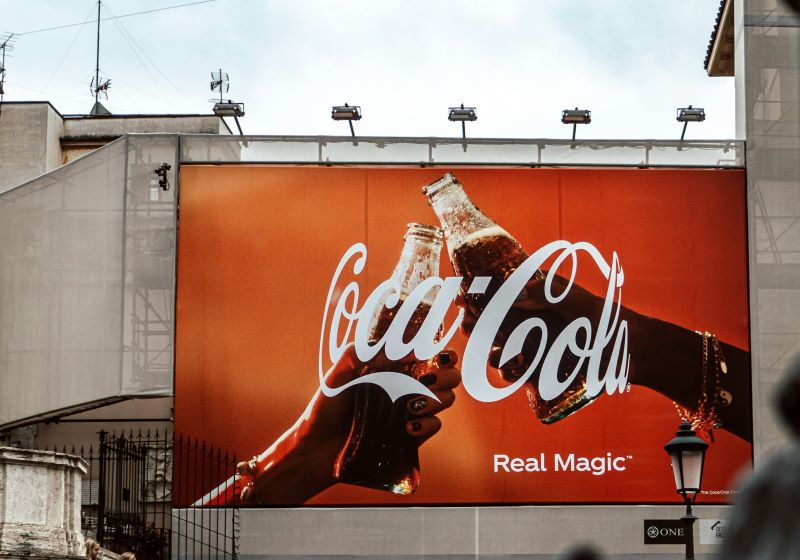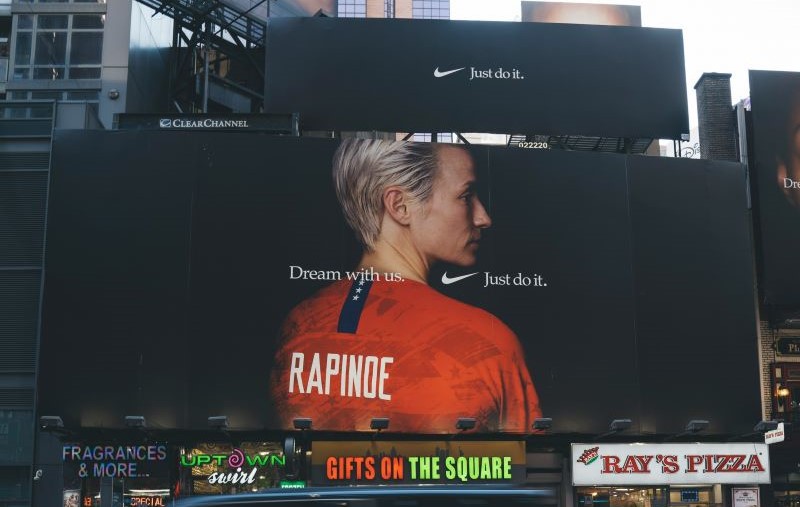QR code billboards combine traditional advertising with digital engagement, offering a dynamic way to interact with consumers. This article will discover the concept of QR code billboards, their benefits, design strategies, best practices, and examples.
What is a QR Code Billboard?
A QR code billboard is an outdoor advertisement that includes a QR code, which viewers can scan with their smartphones.
This code can lead to a website, video, app download, or any digital content.
The integration of billboards with QR codes enhances the traditional advertising experience by providing an immediate, interactive element that engages audiences directly.
Benefits of Using QR Codes on Billboards
1. Enhanced Engagement
QR codes turn passive billboard viewers into active participants. By scanning the billboard QR code, users can immediately interact with the brand, leading to higher engagement rates compared to traditional billboards.
2. Measurable Analytics
With billboard QR codes, advertisers can track scans and gather data on user interactions. This data provides insights into campaign effectiveness, user demographics, and engagement times, helping to optimize future marketing strategies.
3. Direct Conversion
QR codes can streamline the customer journey by linking directly to a purchasing page, app download, or promotional offer. This direct conversion path reduces the steps needed for a customer to act, increasing the likelihood of a sale or other desired action.
How to Create Billboard with QR Code?
1. Designing the QR Code
The size of the QR code on a billboard is crucial. It needs to be large enough to be scanned from a distance.
As a rule of thumb, the QR code should be at least 2-3 feet in size, ensuring it is easily scannable by viewers from various distances and angles.
2. Customization Options
QR codes can be customized with different colors, logos, and frames to match the brand's aesthetic. Using a branded QR code with a QR code generator makes it more recognizable and attractive.
However, it's important to maintain enough contrast between the QR code and its background to ensure scannability.
3. Crafting Compelling Call-to-Action (CTA)
A strong CTA is essential for motivating viewers to scan the QR code. Examples of effective CTAs include:
● "Scan for Discounts"
● "Watch Now"
● "Download the App"
These prompts give viewers a clear and enticing reason to engage with the QR code.
4. Testing and Deployment
● Pre-launch Testing
Before launching the billboard, test the QR code under various conditions to ensure it works correctly. Test it in different lighting, weather, and distance scenarios to ensure reliability.
● Ensuring Compatibility
Ensure that the QR code is compatible with different devices and QR code reader apps. This broad compatibility will maximize the number of users who can successfully scan and interact with the code.
Best Practices for QR Code Billboards
1. Strategic Positioning
Position the QR code in a part of the billboard where it is easily visible and not obstructed by other elements. Consider the average scanning distance and angle to ensure viewers can scan the code comfortably.
2. Mobile-Friendly Landing Pages
The landing page linked to the QR code should be mobile-friendly and load quickly. A well-designed, responsive landing page ensures a seamless user experience, keeping users engaged and reducing bounce rates.
3. Augmented Reality Experiences
Integrating augmented reality (AR) with QR codes can create an immersive experience. For example, scanning the code might bring up a 3D model or an interactive game, adding a novel layer to the advertising campaign.
4. Social Media Integration
Linking QR codes to social media channels or exclusive online content encourages users to engage further with the brand. This can include behind-the-scenes videos, user-generated content, or special promotions available only to those who scan the code.
Case Studies of Billboard with QR Codes
1. Coca-Cola's Interactive Billboards
Coca-Cola used QR codes on their billboards to offer exclusive content and interactive games.
Users who scanned the code could participate in a virtual reality experience, significantly boosting engagement and brand interaction.

2. Nike's Product Launch Campaign
Nike integrated QR codes into their billboards during a new product launch. Scanning the code allowed users to pre-order the product directly from their phones, leading to a significant increase in pre-sales.

3. McDonald's Mobile Discounts
McDonald's used QR code billboards to distribute mobile coupons. Customers who scanned the code received a discount code for their next purchase, driving both traffic and sales.
4. Tourism Australia's AR Experience
Tourism Australia implemented QR codes on billboards that, when scanned, provided an augmented reality tour of famous Australian landmarks. This innovative use attracted considerable attention and engagement from potential tourists.
FAQs
1. Will a QR code work on a billboard?
Yes, QR codes can work effectively on billboards if they are designed correctly. Ensure the code is large enough, has high contrast, and is tested for various conditions to guarantee scannability.
2. What types of content can I link to with a QR code?
A QR code can link to various types of content, including websites, videos, app downloads, social media pages, discount coupons, virtual reality experiences, and more.
In summary, the future of QR code billboards is bright, with emerging trends and technologies continually enhancing their capabilities.
Start designing and creating QR code banners and billboards today to stay ahead in the advertising game and engage your audience in innovative ways.
For more information on generating QR codes for your billboard campaign, visit a free online QR code generator.




